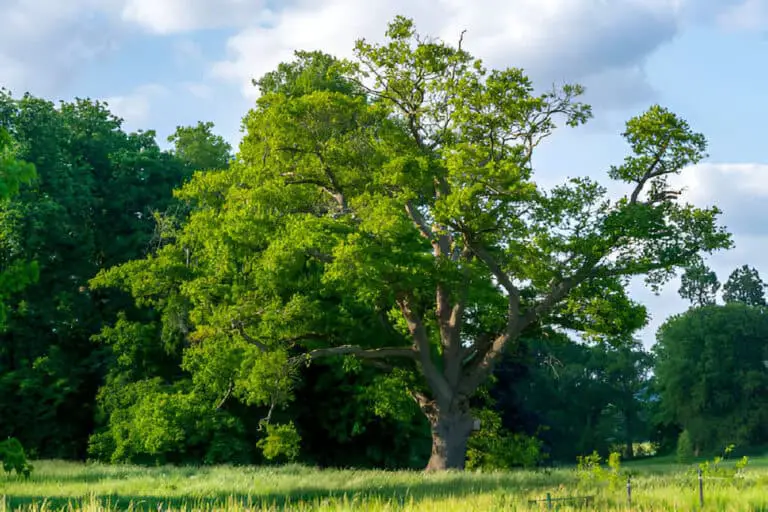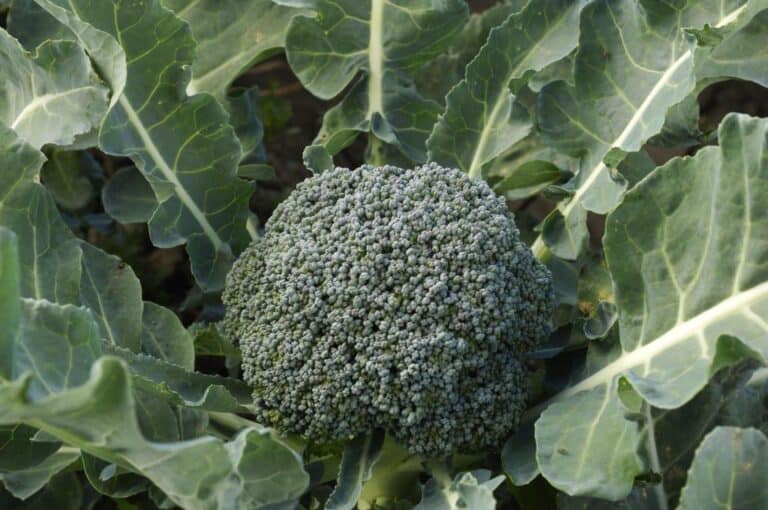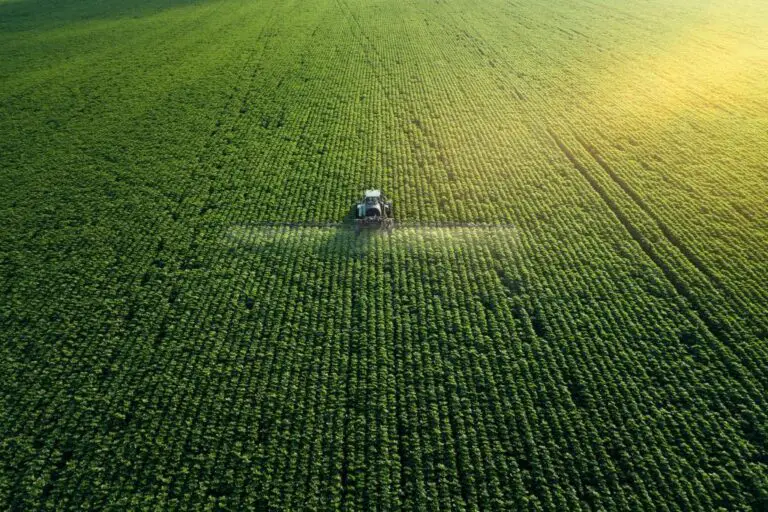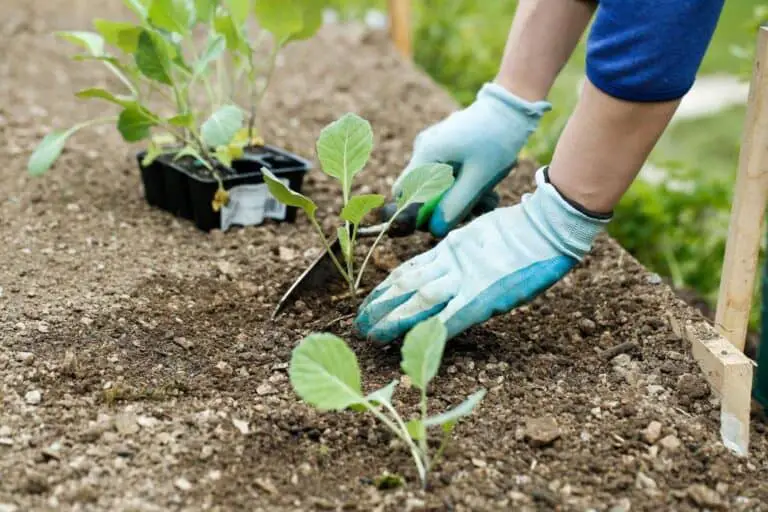Cucumber Growing Stages (with Pictures): Plant Life Cycle & Timeline
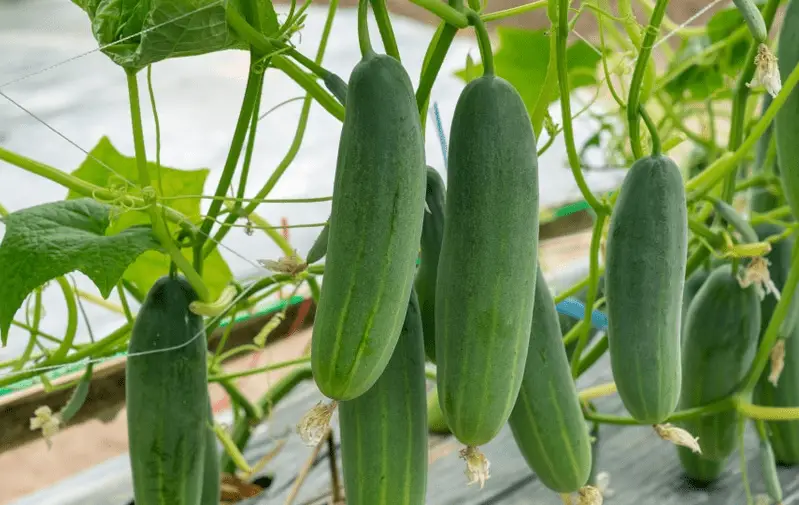
The cucumber plant is a vine that grows rapidly, and the crop yield is abundant. There are several stages of growth in a cucumber plant’s life cycle, and it is important to understand these stages so that you can provide the plant with the proper care.
The cucumber plant will start as a small seedling, then grow into a vine, produce flowers and fruit, and eventually die.
Knowing the stages of the cucumber plant growth life cycle can help you understand what to expect as the cucumber grows in your garden. Knowing how long cucumbers grow and how quickly they produce will help you determine the best time to harvest them. You also need to make planning arrangements, which is essential to keep the plant producing and end up with lots of cucumbers from every plant.
Let us go on a journey through the world of plants and figure out how fast cucumber plants change as we go through their life cycle. Let’s delve into the secrets of nature’s pace and uncover the tale of cucumber growth, a narrative both ancient and evergreen.
Cucumber Plant Growth Stages
When starting from seeds, cucumber plants require between 50 and 70 days to produce fruit that can be harvested. The seeds germinate in 3-10 days, and the cucumber plant continues to grow until it flowers in approximately 40 days. Fruit production is happening during the 40 and 70 days.
The harvest can be done earlier or later, depending on the type of cucumber you want to pick up. Either you want cucumber with the skin still fairly firm and the seeds not yet formed, or you want cucumber that is ripe already.
Regardless of the actual number of days, this is a good starting point. A cucumber plant’s life cycle is described in detail in this article. We will also get tips on how to encourage healthier and more rapid growth in your cucumber plant.
Cucumber Seed Germination
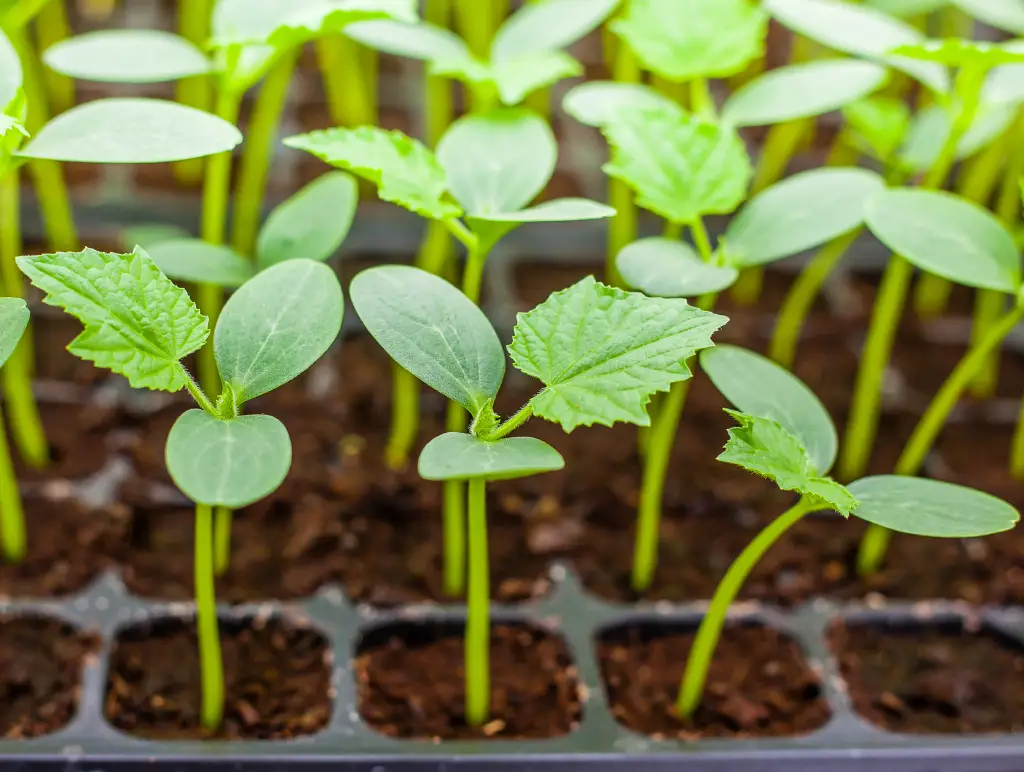
Cucumber seed germination is the process of a cucumber seed becoming a plant. Seeds are planted in soil, and water and nutrients are absorbed from the soil into the seed.
The embryo inside the seed begins to grow, and the first leaves of the plant push their way out of the seed. Cucumber seed germination is a very slow process and can take between ten and twenty days to complete. But cucumber seed can germinate as fast as 3 days or as slowly as 21 days.
Temperature, humidity, and soil conditions all have an impact on the rate of germination. The two main factors in seed germination are soil temperature and the availability of moisture. Cucumber seeds will germinate faster at warmer soil temperatures and slower at cooler temperatures.
For cucumber seeds to germinate well, they should be planted when soil temperatures reach 70 degrees or above. The optimum soil temperature for cucumber seed germination is 85 degrees.
Moisture is necessary for seed germination. Moisture activates catalysts within the seed that start the germination process. It softens the shell of the seed so that the sprout can get out and combines with the starch or protein present within the seed to form a soluble nutrient that the sprout can absorb.
Cucumber Vegetative Growth
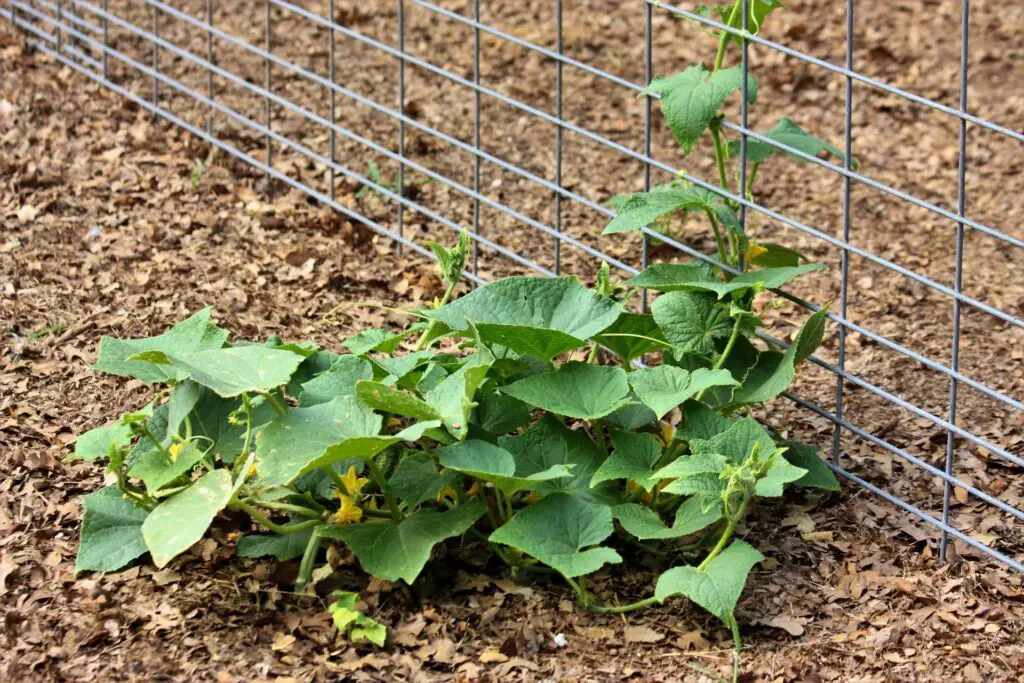
The first two leaves to appear after sprouting are the cotyledons. These two leaves are stored within the seed. Once the plant sprouts, it unfolds and starts to produce energy through photosynthesis from these early leaves.
The cucumber vines and leaves develop during this stage. As the vines get longer and stronger, you may gently attach the cucumber vines to a solid wooden trellis.
The plant will continue to sprout new leaves and will grow tendrils that will wrap themselves around whatever is nearby for support.
Cucumber Flowering and Pollination
Most cucumber varieties available are monoecious, meaning they have both male and female flowers on the same plant. Male flowers appear on the plant about 35 days after it sprouts, and then female flowers 10 days or so later.
You can tell the difference between male and female flowers because female flowers have a bulge directly behind them that looks like an immature cucumber. That is the ovary of the flower, and once pollinated, it will become a cucumber in 7–21 days.
| Related: Where Does Cucumber Grow Naturally? |

Cucumber Fruit Production & Harvest

Pickling cucumbers produce fruit before slicing cucumber varieties, but for a shorter window. Pickling cucumber varieties will produce for 2-4 weeks, and slicing varieties for 4–12 weeks.
For a cucumber plant to produce as much cucumber as possible, cucumbers need to be picked on time. Cucumbers should be picked while they are immature.
When a cucumber fully matures on the vine, it will send signals to the rest of the plant that will start to slow down the plant’s production of cucumbers, which will lead to fewer cucumber yields.
Generally, cucumbers should be picked when their diameter is around 2 inches. Pickling cucumbers is shorter than slicing cucumbers and should be picked around 2-4 inches long, while slicing cucumbers should be 5-8 inches.
Cucumbers can be harvested anywhere from 48 to 76 days after germination, depending on the variety. In order to maintain a consistent supply of cucumbers throughout the summer, you can sow cucumbers every few weeks. You should also calculate how many cucumbers per plant are needed; hence, your harvest yield is matched with seedlings of the correct amount.
You can get a better idea of the right size to pick cucumbers by knowing about the variety you’re growing.
Overall, if you want to increase your cucumber yield, you need to harvest them at the right time and choose the best variety for your garden.
Types of Cucumbers Varieties from Around the World
You may be surprised to know that, botanically, cucumbers (Cucumis sativus) are actually a type of fruit. The plant is a member of the gourd family Cucurbitaceae and originates from Mexico. Cucumbers are cultivated in practically every country on the planet, with approximately 100 different types.
Cucumbers may vary in length according to cultivar. Cucumbers come in a variety of shapes and sizes, with some being long and thin while others being short and fat. When it comes to slicing cucumbers, the English cucumber is a kind that is tall and green with thin skin and thrives in greenhouses. For fresh or pickled, Kirby cucumbers are an excellent choice because of their crisp, rough skins.
Here are some of the most popular cucumber type:
- Persian Cucumber
- English/European/Hothouse Cucumber
- Lebanese Cucumbers
- Kirby Cucumber
- American Slicing Cucumber
- Mexican Sour Gherkins
Can I Grow Only One Cucumber Plant? (Monoecious Vs Gynoecious)
Most cucumber varieties are monoecious, meaning they have both male and female flowers on the same plant. In this condition, one plant has what it needs for pollination.
So yes, you can grow only one cucumber plant.
If you live in an area without much insect activity, like an apartment balcony, hand-pollinating is a good idea and easily done.
There are some cucumber varieties that have been bred to be gynoecious. This means the cucumber plant will have all-female flowers.
It’s a good way to get more cucumbers, as every female flower can become a cucumber, but you’ll need a plant with male flowers on it to pollinate the all-female flowers of the gynoecious cucumber plants.
When you buy gynoecious seed packets, they commonly come with a few seeds that have been dyed or colored with a marker. Those mark monoecious plant seeds. These plants will have male flowers that will be enough to pollinate all the female flowers of the gynoecious plants.
Almost all parthenocarpic cucumber plants are also gynoecious. So they have all female flowers that do not need to be pollinated.
| Related: How To Increase and Encourage Female Cucumber Flowers |
Is a Cucumber Plant an Annual or Perennial?
Cucumber plants are warm-weather annuals that, after producing cucumbers, will start to slow down production. They will live out their growth cycle, and the plant will die. Even in areas with warm weather suitable for cucumbers all year round, a cucumber plant will live out its life cycle and die.
Understanding the lifecycle of a cucumber plant is key to successful cultivation. So, is it an annual or perennial? Cucumber plants are usually grown as annuals, which means they only live for one growing season. This is what makes the story exciting. Here’s a breakdown:
Annual Life Cycle:
- Cucumber plants start from seeds, germinate, grow, flower, and produce fruits—all within a single growing season.
- The entire process typically spans 55 to 70 days, showcasing the plant’s remarkable speed of development.
Perennial Possibilities:
- While cucumbers are typically treated as annuals, some gardeners experiment with overwintering in mild climates, attempting to coax a second year of growth from the plant.
- Note: This is not universally successful, and the cucumber is not traditionally considered a perennial.
In essence, your cucumber plant’s lifecycle is a sprint, not a marathon. Harness the knowledge of its annual tendencies to optimize care and yield in your gardening endeavors.
Conclusion
In conclusion, cucumbers go through four primary growth stages in their life cycle: Seed Germination, Flowering & Pollination, Vegetative Growth, Fruit Production & Harvest.
Understanding these growth stages is important for proper care of cucumber plants. Gardeners should be sure to provide the necessary watering, light, and nutrients at each stage in order to help their plants reach their full potential.

